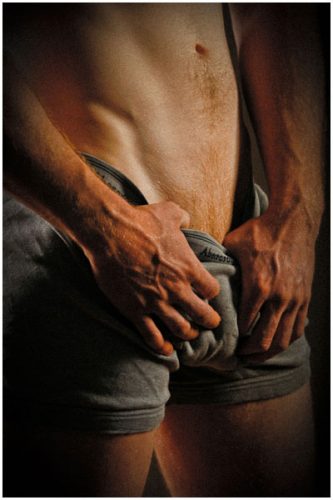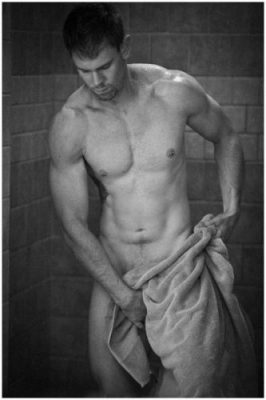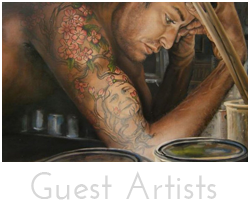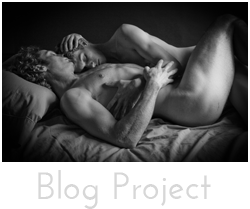 I had a chat this morning with a friend who was looking to buy a new camera. He has been using a small automatic and is getting the most remarkable results. He shoots in total automatic mode and as we began to chat I began to realize he didn’t really understand the basic function of the camera. It really got me thinking about this modern era of automatic imagery and that no one really understands what the basic principals of imagery are even about. I am not sure how I feel about this. In a sense it’s become unnerving because nobody has to make any kind of choice in what or how they capture their subject; but it kind of thrills me that people are able to capture the spontaneity of the moment. I’m so used manual mode that I take this process for granted and know exactly what I am going to get when I click the shutter button. Photography actually becomes about making a choice about how you will capture your subject; perhaps I should do a series on the basic principles of photography. I am going to reprint what I said with Ramon this morning. He is looking to buy a new camera but has no idea what he is looking for. He wants to develop his talents, but has no control of the camera. His camera controls him. Here is my simplified version of photography. We must understand the basic concept first.
I had a chat this morning with a friend who was looking to buy a new camera. He has been using a small automatic and is getting the most remarkable results. He shoots in total automatic mode and as we began to chat I began to realize he didn’t really understand the basic function of the camera. It really got me thinking about this modern era of automatic imagery and that no one really understands what the basic principals of imagery are even about. I am not sure how I feel about this. In a sense it’s become unnerving because nobody has to make any kind of choice in what or how they capture their subject; but it kind of thrills me that people are able to capture the spontaneity of the moment. I’m so used manual mode that I take this process for granted and know exactly what I am going to get when I click the shutter button. Photography actually becomes about making a choice about how you will capture your subject; perhaps I should do a series on the basic principles of photography. I am going to reprint what I said with Ramon this morning. He is looking to buy a new camera but has no idea what he is looking for. He wants to develop his talents, but has no control of the camera. His camera controls him. Here is my simplified version of photography. We must understand the basic concept first.
 The only thing you need to know is how to eventually run your camera manually. The best way to get there is first find a camera that will allow you to shoot in aperture or shutter priority mode. The simple concept that all cameras function on and always have: is that the lens has an aperture (hole light comes through that adjusts how much light is allowed in) and a timed shutter that exposures how long the exposure will need to be. For a perfect exposure, these two elements are in sync and create a relationship to each other. Aperture priority allows a perfect sync of exposure when you open or close that hole on the lens. Shutter priority allows perfect sync when you adjust the shutter speed, (it automatically adjusts the hole of the lens to match). What becomes creative about photography is making a creative choice based on what the aperture or shutter does. It impacts what happens in the frame dramatically and you have complete control of how it will look. The aperture creates a depth of field, how much of the image is in focus, while shutter freezes motion (waterfalls or sports). My style of images are based on aperture decisions because it’s about softness of tone and environment, so I want to control how much clarity (depth) the viewer sees in the final image. The entire history of photography is based on this basic concept on creating that reciprocal relationship between the aperture and the shutter speed. When I was first learning photography, I often shot in aperture priority mode because I was concerned with how I wanted the subject to look in the final image. The more I began to learn about that depth and how it affected the exposure, the more I began to go completely manual. Now I can’t stand to work in anything but manual mode because I need utter artistic control of the final exposure. The meter is just the basis from where to jump, and to me you make your own perfect exposure according to where you want to place the shadows and highlights. But the principle concept is based on these two elements aperture and shutter speed. This is lesson one in photography 101. I will expand these concepts in more depth in future posting since there are so many new photographers following and they can grasp these elemental concepts.
The only thing you need to know is how to eventually run your camera manually. The best way to get there is first find a camera that will allow you to shoot in aperture or shutter priority mode. The simple concept that all cameras function on and always have: is that the lens has an aperture (hole light comes through that adjusts how much light is allowed in) and a timed shutter that exposures how long the exposure will need to be. For a perfect exposure, these two elements are in sync and create a relationship to each other. Aperture priority allows a perfect sync of exposure when you open or close that hole on the lens. Shutter priority allows perfect sync when you adjust the shutter speed, (it automatically adjusts the hole of the lens to match). What becomes creative about photography is making a creative choice based on what the aperture or shutter does. It impacts what happens in the frame dramatically and you have complete control of how it will look. The aperture creates a depth of field, how much of the image is in focus, while shutter freezes motion (waterfalls or sports). My style of images are based on aperture decisions because it’s about softness of tone and environment, so I want to control how much clarity (depth) the viewer sees in the final image. The entire history of photography is based on this basic concept on creating that reciprocal relationship between the aperture and the shutter speed. When I was first learning photography, I often shot in aperture priority mode because I was concerned with how I wanted the subject to look in the final image. The more I began to learn about that depth and how it affected the exposure, the more I began to go completely manual. Now I can’t stand to work in anything but manual mode because I need utter artistic control of the final exposure. The meter is just the basis from where to jump, and to me you make your own perfect exposure according to where you want to place the shadows and highlights. But the principle concept is based on these two elements aperture and shutter speed. This is lesson one in photography 101. I will expand these concepts in more depth in future posting since there are so many new photographers following and they can grasp these elemental concepts.
Today I have two examples to illustrate my points. The top image is about the aperture setting, I chose an aperture setting that creates a very narrow depth of focus because I want the viewer to focus on both the textures of his hands and the material of his underwear. In this second image, I chose a fast enough shutter speed to freeze his movement in time as he was getting out of the shower because the subject was about his action.




>Terry, you are the man. Thanks for the tutorial, I appreciate your time and interest in helping us out.
Ramon
>Very interesting post. Great tutorial. And more Chad. Awesome 🙂
Alison